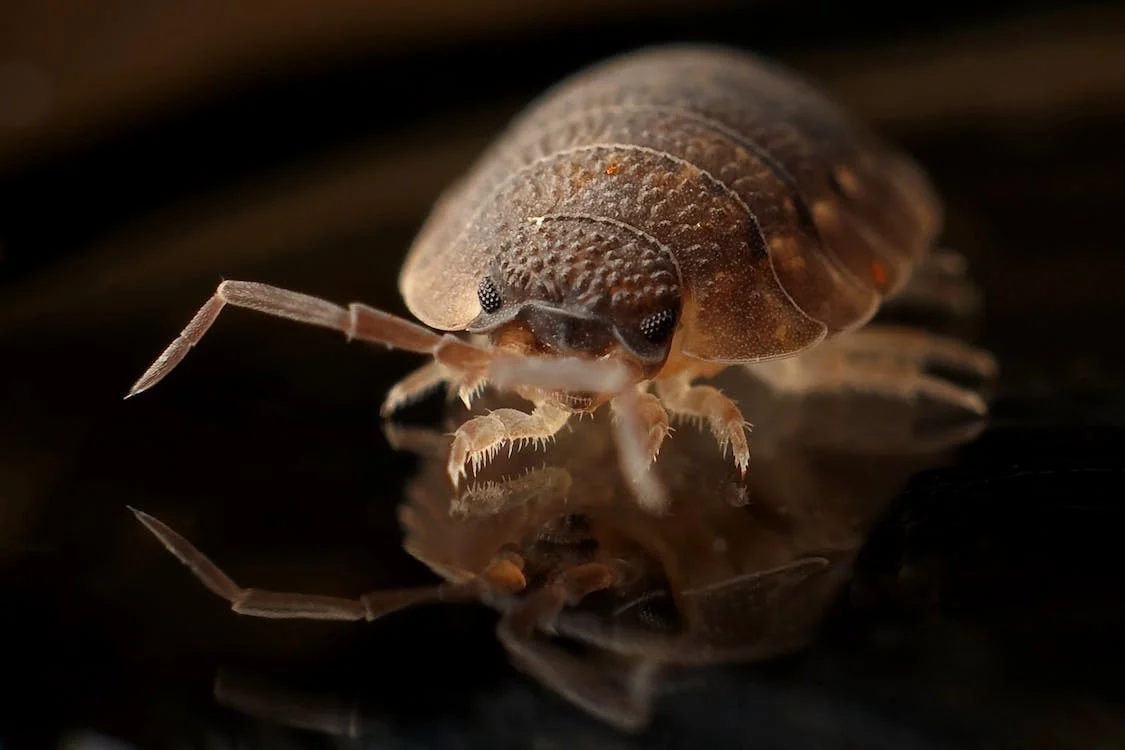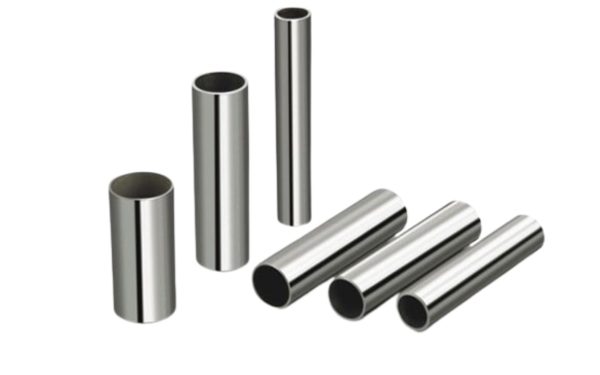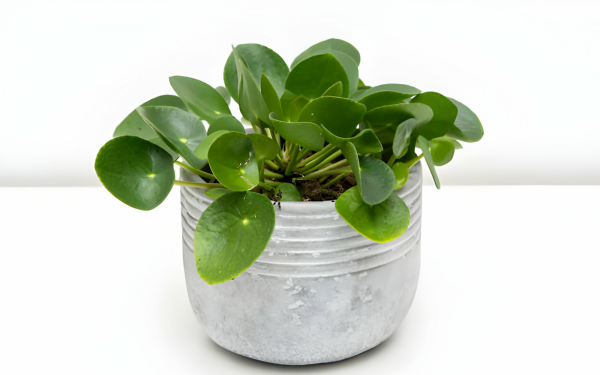Supplementary Tips for Maximizing Bed Bug Furniture Trap Efficacy

Bed bugs can be a nuisance, infesting our living spaces and causing sleepless nights. Bed bug furniture traps and exterminators have been developed to combat these resilient pests. These traps are designed to lure and capture bed bugs, offering an effective solution to control infestations. However, to ensure their maximum efficacy, it is important to follow certain supplementary tips.
This article will discuss these tips and explore how they can enhance the effectiveness of bed bug furniture traps.
Understanding Bed Bug Behavior
Before delving into the tips, it is essential to grasp some key aspects of bed bug behavior. Bed bugs are nocturnal insects that feed on human blood, usually at night while their hosts are asleep. They hide in cracks, crevices, and furniture during the day, making it crucial to target these areas with traps. With this understanding, let’s proceed to the tips.
Tip 1: Strategic Placement of Traps
To optimize the efficacy of bed bug furniture traps, strategic placement is vital. Focus on areas where bed bugs are likely to hide or traverse. Some recommended locations include:
Near the Bed: Place traps near the legs or corners of the bed frame, as bed bugs tend to crawl up from the floor to reach their hosts. Traps with adhesive surfaces can effectively capture bed bugs attempting to climb onto the bed.
Along Baseboards: Bed bugs often travel along baseboards and electrical outlets. Position traps along these areas to intercept their movement.
Furniture Joints and Seams: Bed bugs love to hide in the joints, seams, and crevices of furniture. Placing traps in such locations can help catch these pests and prevent further infestation.
Tip 2: Combine Traps with Other Treatments
While furniture traps can be effective on their own, combining them with other bed bug treatments can significantly enhance their efficacy. Consider using the following supplementary treatments:
Vacuuming: Regularly vacuum your furniture, paying close attention to seams, crevices, and other hiding spots. This helps to remove bed bugs and their eggs, reducing the population and making traps more effective.
Steam Treatment: High-temperature steam can kill bed bugs on contact. By steaming infested furniture before placing traps, you can eliminate some bed bugs directly and improve the trap’s efficiency.
Tip 3: Regular Inspection and Maintenance
To maximize the efficacy of bed bug furniture traps, it is essential to conduct regular inspections and maintenance. Here are some key practices to follow:
Check Traps Frequently: Inspect the traps regularly, preferably once a week, to monitor their effectiveness. Remove captured bed bugs and replace the traps if necessary.
Clean and Replace Traps: Clean the traps periodically to remove debris and ensure their adhesive surfaces remain sticky. If the traps become damaged or lose their stickiness, replace them promptly for continued efficacy.
Address Infestations Promptly: If you notice increased bed bug activity despite using traps, it may indicate a larger infestation. In such cases, seeking professional pest control assistance to implement a comprehensive treatment plan is advisable.
Tip 4: Education and Prevention
Lastly, education and prevention play crucial roles in maximizing the efficacy of bed bug furniture traps. Consider the following preventive measures:
Encase Mattresses and Box Springs: Use bed bug-proof encasements on mattresses and box springs to prevent bed bugs from infesting these areas, reducing the likelihood of them reaching the furniture.
Declutter and Seal Cracks: Minimize hiding spots for bed bugs by decluttering your living space. Seal cracks and crevices in walls, baseboards, and furniture to eliminate potential hiding places.
Regular Inspections: Conduct routine inspections of your living environment to identify any early signs of bed bug activity. Prompt detection allows for immediate action and increases the effectiveness of traps.
Travel Precautions: When traveling, take precautions to avoid bringing bed bugs back home. Inspect hotel rooms for signs of infestation, keep luggage elevated and away from furniture, and wash and dry clothing on high heat upon returning home.
Conclusion
Bed bugs exterminators and traps offer an effective means of controlling bed bug infestations. By implementing the supplementary tips discussed in this article, you can maximize the efficacy of these traps and enhance their ability to capture and eliminate bed bugs.
Remember to strategically place traps, combine them with other treatments, conduct regular inspections and maintenance, and focus on education and prevention. With a comprehensive approach, you can combat bed bugs and regain peace of mind in your living spaces.


